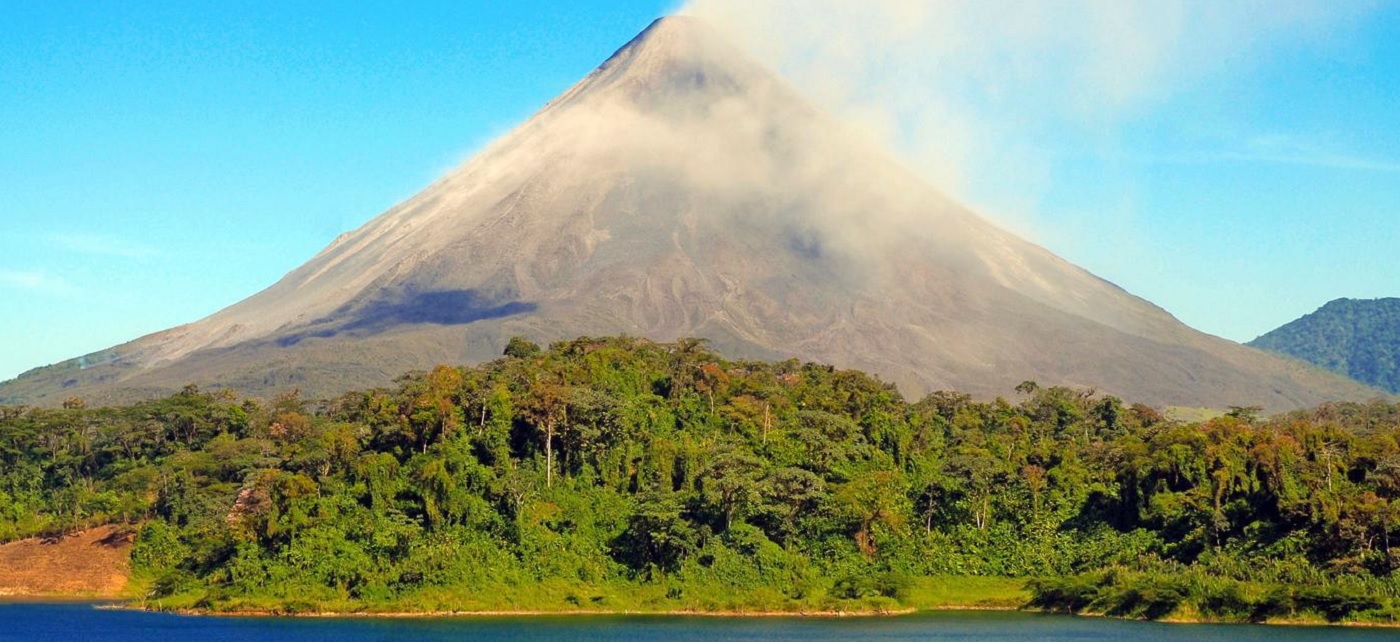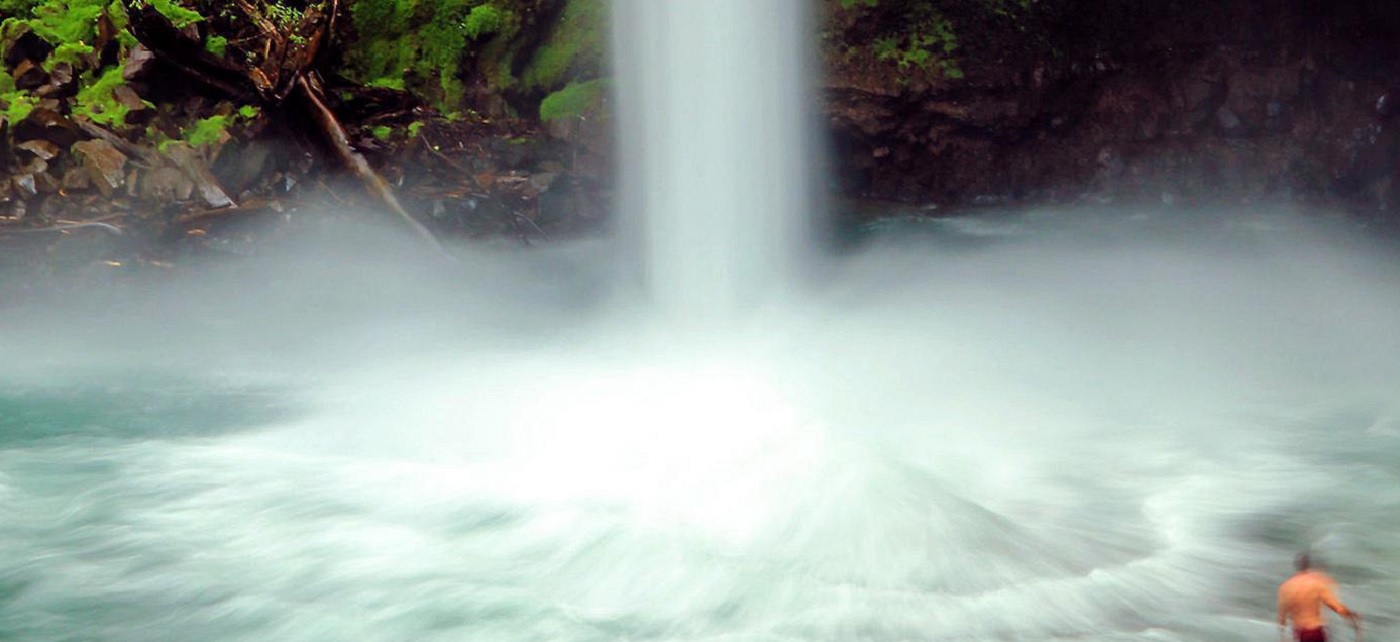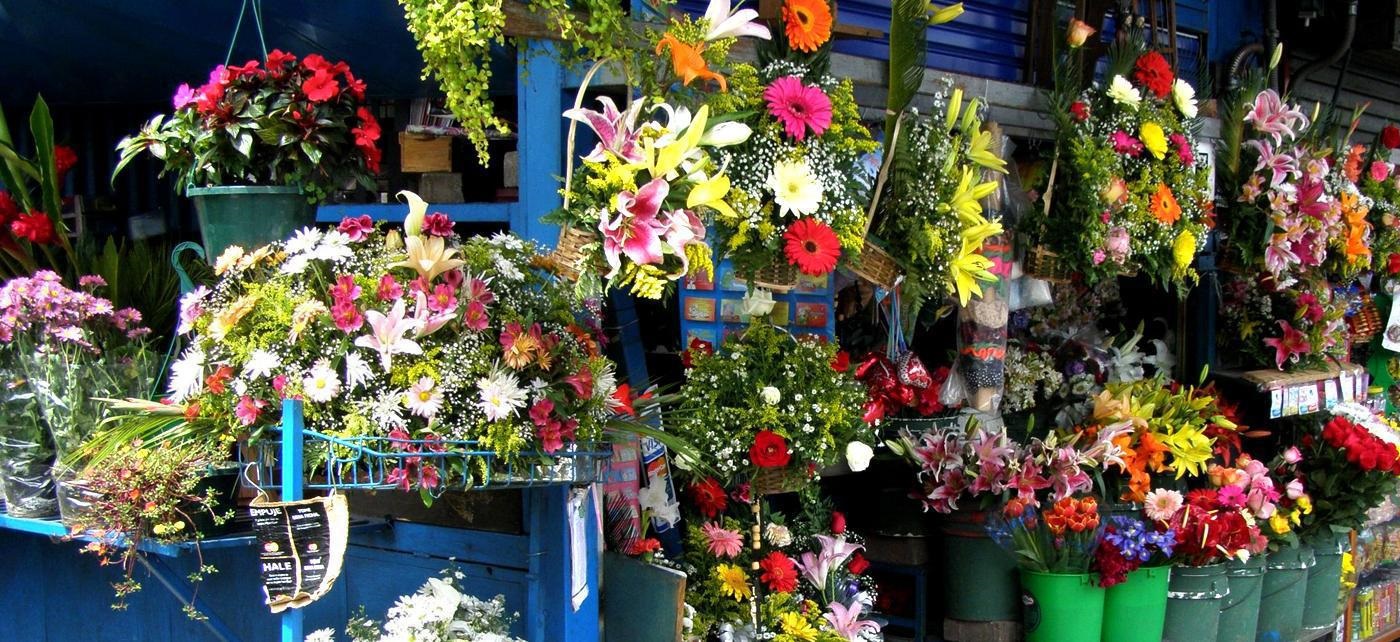Costa Rica is a country in Central America, bordered by Nicaragua to the north, Panama to the south, the Pacific Ocean to the west and south and the Caribbean Sea to the east
Costa Rica, which means "Rich Coast", constitutionally abolished its army permanently in 1949. It is the only Latin American country included in the list of the world's 22 older democracies. Costa Rica has consistently been among the top Latin American countries in the Human Development Index, ranked 62nd in the world in 2010, and is cited by the UNDP as one of the countries that have attained much higher human development than other countries at the same income levels. The country is ranked third in the world, and first among the Americas, in terms of the 2010 Environmental Performance Index. In 2007, the Costa Rican government announced plans for Costa Rica to become the first carbon-neutral country by 2021. According to the New Economics Foundation, Costa Rica ranks first in the Happy Planet Index and is the "greenest" country in the world.
Historians have classified the indigenous people of Costa Rica as belonging to the Intermediate Area, where the peripheries of the Mesoamerican and Andean native cultures overlapped. More recently, pre-Colombian Costa Rica has also been described as part of the Isthmo-Colombian region. The northwest of the country, Nicoya Peninsula, was the southernmost reach of the Nahuatl culture when the Spanish conquistadors arrived in the 16th century. The central and southern portions of the country had Chibcha influences.
Coffee was first planted in Costa Rica in the early 19th century, and was first shipped to Europe in 1843, soon becoming Costa Rica's first major export. Coffee production would remain Costa Rica's principal source of wealth well into the 20th century. Most of the coffee exported was grown around the main centers of population in the Central Plateau and then transported by oxcart to the Pacific port of Puntarenas. Since the main market for the coffee was in Europe, it soon became a high priority to develop a transportation route from the Central Plateau to the Atlantic Ocean. For this purpose, in the 1870s, the Costa Rican government contracted with U.S. businessman Minor C. Keith to build a railroad to the Caribbean port of Lim¾n. Despite enormous difficulties with construction, disease, and financing, the railroad was completed in 1890.
Costa Rican cuisine is known for being flavorful, yet fairly mild, with high reliance on fresh fruit and vegetables. The main staple, known as gallo pinto, consists of rice and black beans.[citation needed. For lunch, the traditional national dish is called a casado. It again consists of rice and beans served side by side instead of mixed. There will usually be some type of meat (carne asada, fish, pork chop or chicken) and a salad to round out the dish. There may also be some extras like fried plantain, a slice of white cheese, and or corn tortillas in accompaniment.


